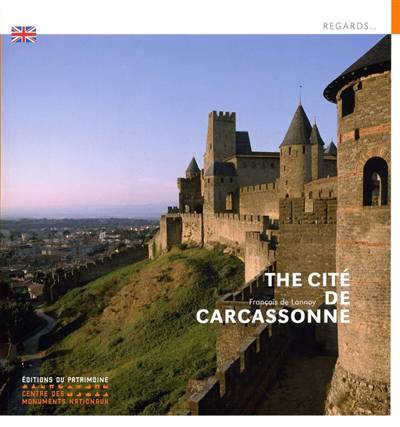
- Afhalen na 1 uur in een winkel met voorraad
- Gratis thuislevering in België vanaf € 30
- Ruim aanbod met 7 miljoen producten
- Afhalen na 1 uur in een winkel met voorraad
- Gratis thuislevering in België vanaf € 30
- Ruim aanbod met 7 miljoen producten
Omschrijving
The Cité de Carcassonne forms the largest group of ancient and medieval
urban fortifications preserved in Europe-two enclosures of rampart
walls demarcating an area of some 7 hectares and a chateau, boasting
a total of 48 towers, 4 barbicans, and 2 bartizans. Set along the River
Aude, at the intersection of two major routes linking the worlds of the
Mediterranean and Aquitaine, the site of Carcassonne was inhabited
from the 7th century BC; the Cité was fortified with ramparts in the
late 3rd and early 4th centuries AD. Owned from the 11th century
by the Trencavel family, governors of Lower Languedoc, it became one
of the fortified towns emblematic of royal power at the end of the
Albigensian Crusade in the 13th century. An outer enclosure was
then erected and the inner rampart walls modernised. The Cité, a key
element in the defence system set up in the face of the Kingdom
of Aragon, stood as an impregnable fortress.
In 1659 the Treaty of the Pyrenees divested the Cité of its strategic role.
Its defence system, in a neglected state, was to be saved from ruin in
the 19th century through the combined efforts of Carcassonne's intelligentsia,
the architect Viollet-le-Duc, and the department of Monuments
Historiques. Today the exceptional character of this architectural ensemble
has earned it a place among UNESCO's listed World Heritage Sites.
Specificaties
Betrokkenen
- Auteur(s):
- Uitgeverij:
Inhoud
- Aantal bladzijden:
- 63
- Taal:
- Engels
Eigenschappen
- Productcode (EAN):
- 9782757700105
- Verschijningsdatum:
- 5/06/2008
- Uitvoering:
- Paperback
- Afmetingen:
- 240 mm x 260 mm
- Gewicht:
- 414 g

Alleen bij Standaard Boekhandel
Beoordelingen
We publiceren alleen reviews die voldoen aan de voorwaarden voor reviews. Bekijk onze voorwaarden voor reviews.









